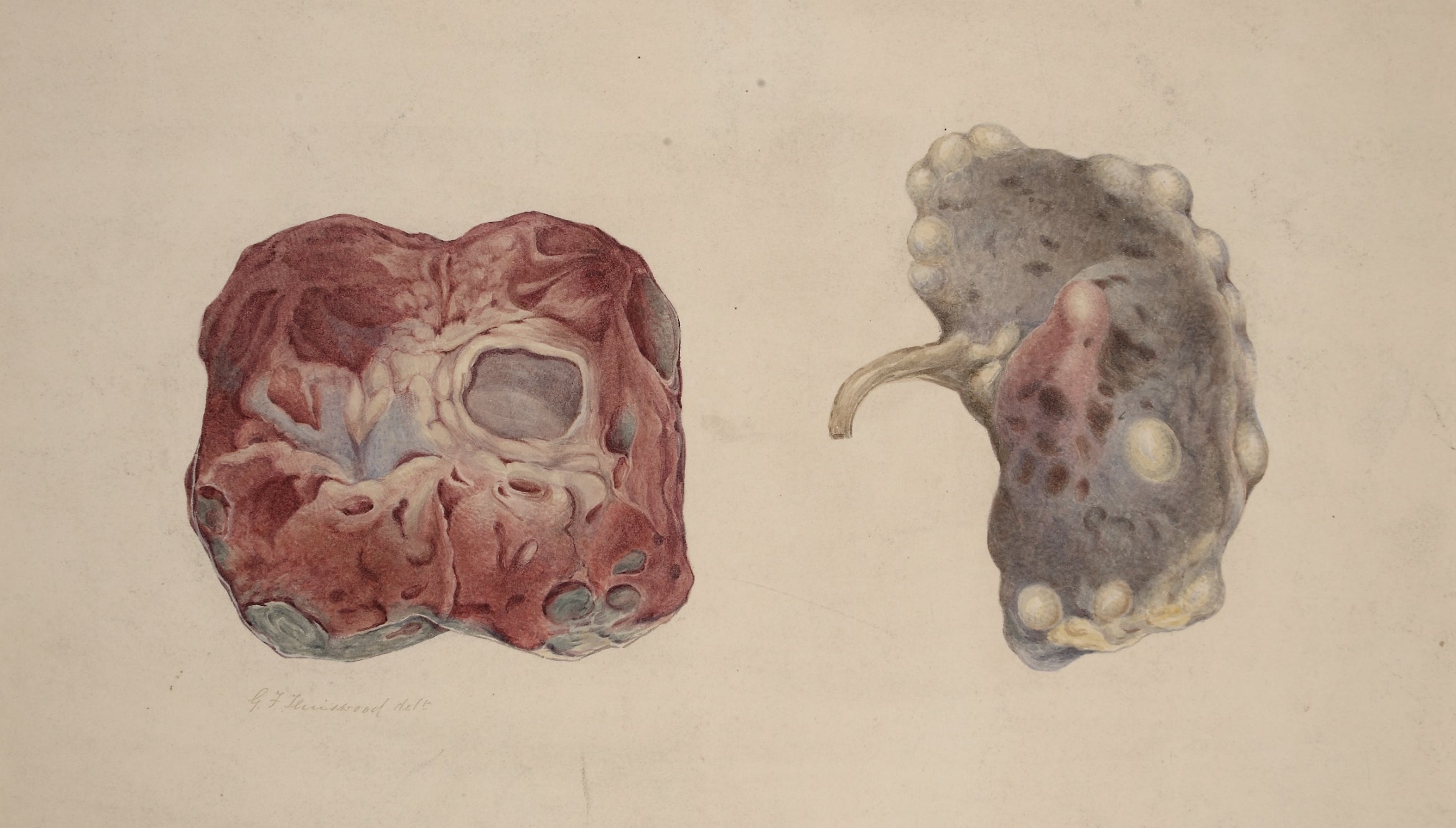
As humans age, it is generally thought that our bodies experience chronic, low-grade inflammation, which opens the door to age-related diseases such as Alzheimer’s, diabetes and cardiovascular disease. However, new research from an international group of scientists published in the journal Nature Aging reveals that “inflammaging” is not a universal human phenomenon, but rather one that is more common in industrialized populations.
In their joint analysis of data from two industrialized populations in Italy and Singapore and two non-industrialized populations from the Bolivian Amazon and Peninsular Malaysia, the researchers found that the non-industrialized populations did not exhibit increased inflammation with age.
While short-term inflammation is essential to healing infections, chronic inflammation is known to damage organs and accelerate chronic diseases of aging.
“In those (non-industrialized) populations, we noticed that common biomarkers of inflammation weren’t increasing with age,” said UC Santa Barbara anthropologist Michael Gurven, who directs the Tsimané Health and Life History Project, and is a senior author on the Nature Aging paper. “We wondered whether this pattern might be more common in similar high-infection contexts.”
Led by Maximilien Franck at the University of Sherbrooke in Canada, the researchers analyzed 19 cytokines (small proteins involved in inflammation) from industrialized and non-industrialized cohort studies.
In the industrialized cohorts, the authors observed a consistent signature of increased inflammation with age, which was associated with chronic age-related diseases, such as stroke, cardiovascular disease and cancer. However, in the two non-industrialized cohorts, where inflammation is caused by infections rather than more “sterile” conditions like obesity and cigarette smoking, the researchers did not detect increased inflammation with age. Chronic age-related diseases were also minimal in these cohorts and were not linked to inflammaging.
“The lack of a similar profile of inflammaging is intriguing because it reveals more flexibility in population aging than previously recognized,” Gurven said, “and may help contribute to why groups like the Tsimané don't seem to suffer from the same late-life chronic diseases of aging, like heart disease and diabetes.” The paper, he added, was an attempt to take a more comparative approach to immune system aging and builds in large part on Gurven’s work with the Tsimané of Bolivia and the work initiated by his former postdoctoral student Thomas Kraft (also one of the paper’s authors) on subsistence-oriented populations in Malaysia.
The findings highlight the importance of considering cultural, environmental and lifestyle factors when researching aging processes, and challenge existing paradigms around inflammaging. Future research could explore how specific environmental conditions modulate inflammaging and its effect on health outcomes, which could lead to more targeted approaches for preventing age-related diseases across different global populations.



